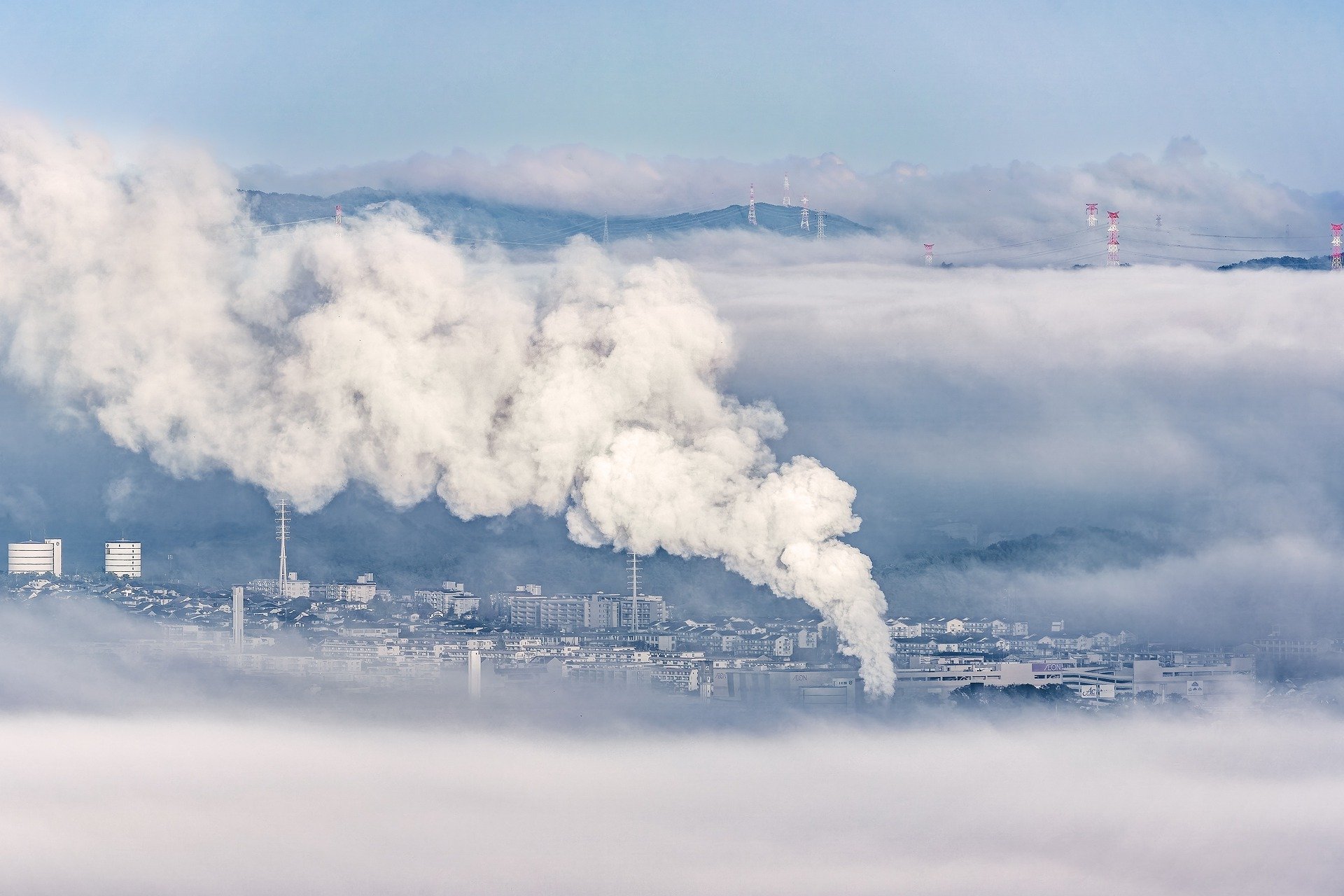
Te Whanganui a Tara – Scientists around New Zealand and the world are striving to learn more about how rising average temperatures worldwide influence the weather.
They say it’s increasingly likely that climate change is making weather events more intense, more frequent or of longer duration, Science X says.
It’s punching up temperatures in heat waves and adding some percentage of rainfall to intense storms. It also may cause weather events to occur outside times or locations where they typically happened in the past.
But what is causing climate change? Why are global temperatures rising? And Is the warming climate to blame for wild weather events?
Climate is what occurs in an area over years or decades. Climate change is the difference seen in long-term trends in air, water and ocean temperatures and longer-term weather patterns.
Monitoring stations around the world add to a growing trove of information that reveals how temperature and rainfall are changing. Some have decades of measurements, while others have more than a century of data.
Scientists use their historical records to study the rise in global average temperatures. For example, records show how sap rises earlier in maple trees or when wildfire seasons start earlier.
The biggest influence on the planet’s changing climate is the release of emissions into the atmosphere from burning oil, gas and coal to move people and goods from place to place and to create energy, plus agricultural emissions.
Carbon dioxide and other naturally occurring gases have always existed in the atmosphere, keeping the world warm just as a greenhouse keeps tropical plants alive in the winter. Scientists see that greenhouse effect in ice cores, sediments and tree rings.
Modern day measurements show CO2 emissions are rising. Since 1958, the level of carbon dioxide in the atmosphere measured at the Mauna Loa Observatory in Hawaii has grown from 316 parts per million to 417 parts per million.
Measured in such small amounts, the change might seem minuscule. However, because CO2 has risen by more than 30 percent, NASA and other say the changes are having an out-sized impact on global average temperatures.
National and international studies document how excess carbon dioxide traps excess energy and causes the planet to get hotter faster.
If CO2 doubles above the pre-industrial levels benchmark, the draft of the latest National Climate Assessment said global temperatures could rise by 4.5–7.2 degrees, spawning deadly heat waves, crop damage and other cascading impacts around the world.
Release of methane and nitrous oxide also contribute to the greenhouse effect. El Niño weather, a pattern of changing water temperatures in the Pacific Ocean, can change weather patterns.
Volcanic eruptions can produce carbon dioxide emissions that warm the Earth, but also aerosol particles that have a cooling effect.
Scientists with the United Nations and governments around the world say fossil fuel emissions must be slashed and soon to avoid catastrophic consequences.
To keep the increase in global average temperatures at 1.5Cdeg compared to temperatures in the late 1800s, the world must reach net zero CO2 emissions by 2050, according to the latest climate assessment.
The world can’t slash all emissions, so reaching the result of net zero emissions requires removing carbon dioxide from the air through both natural and mechanical means, the United Nations intergovernmental panel on climate change says.

